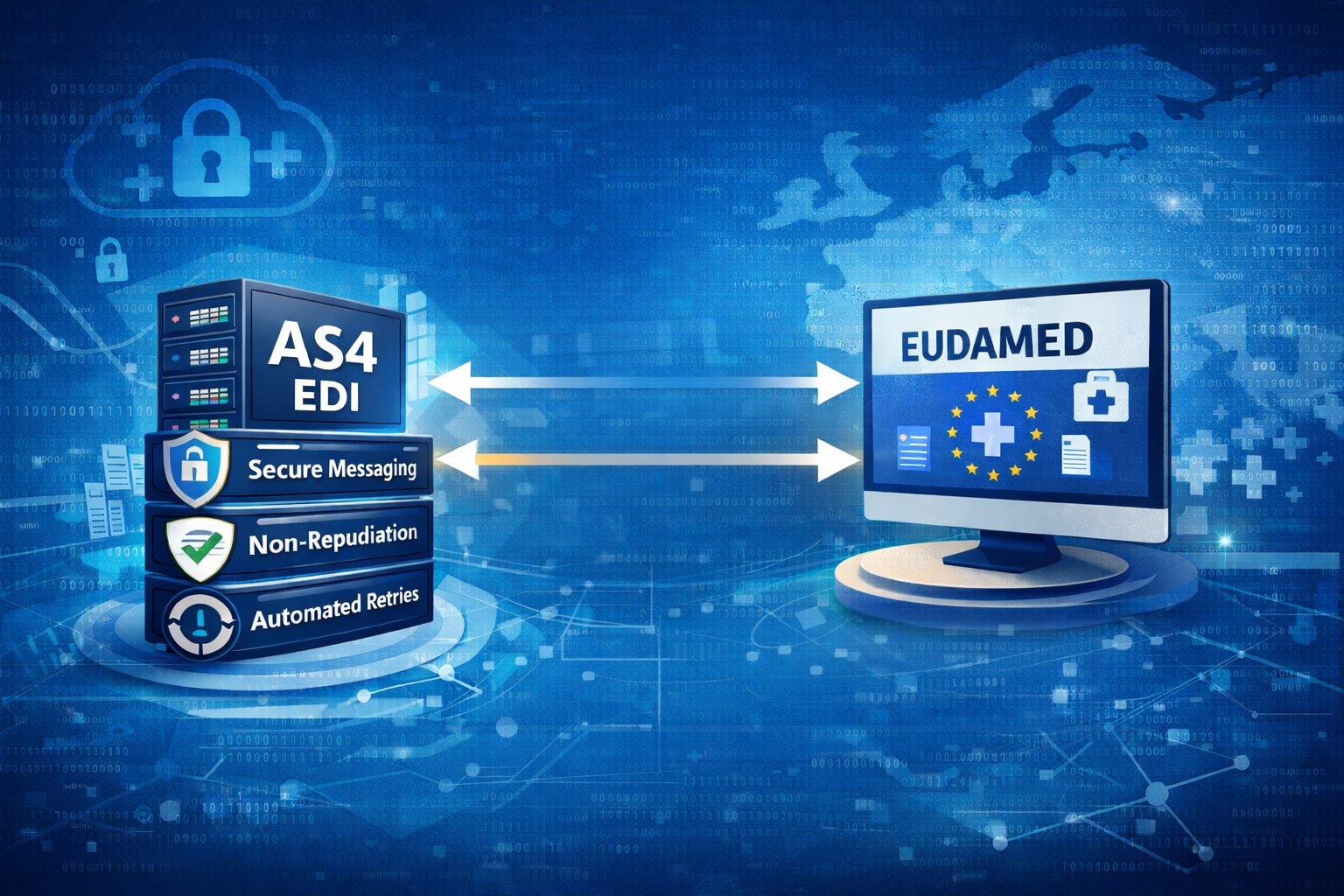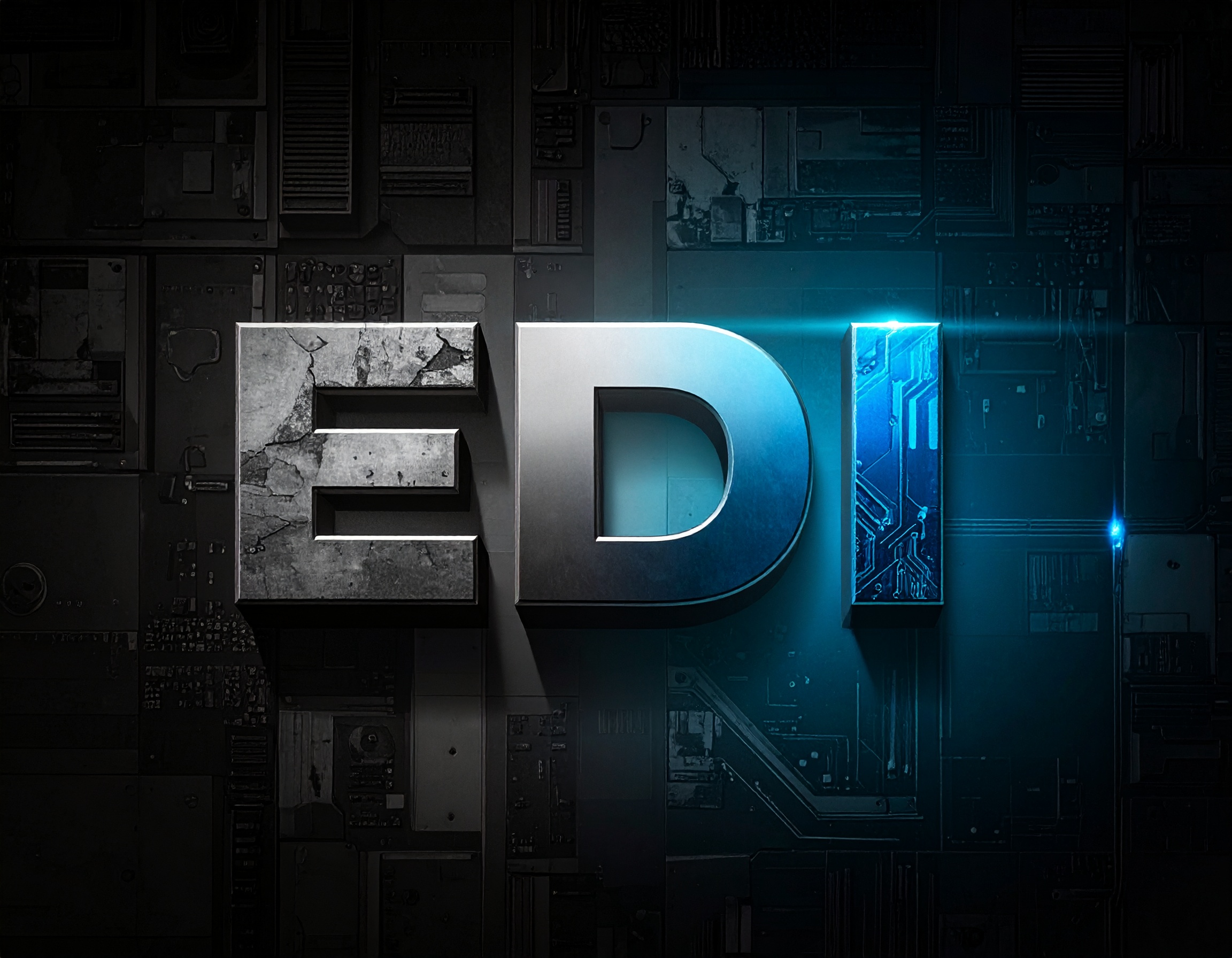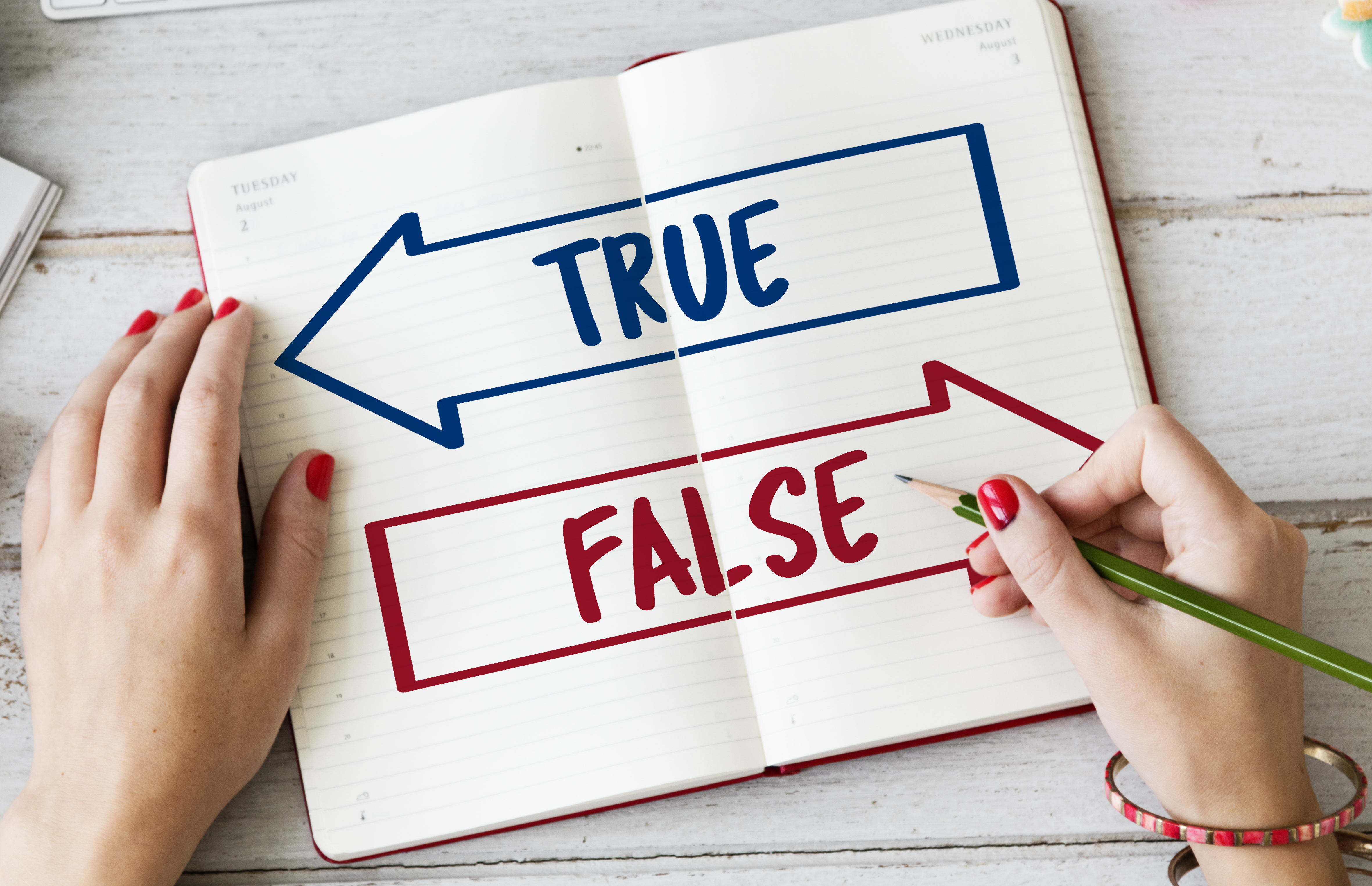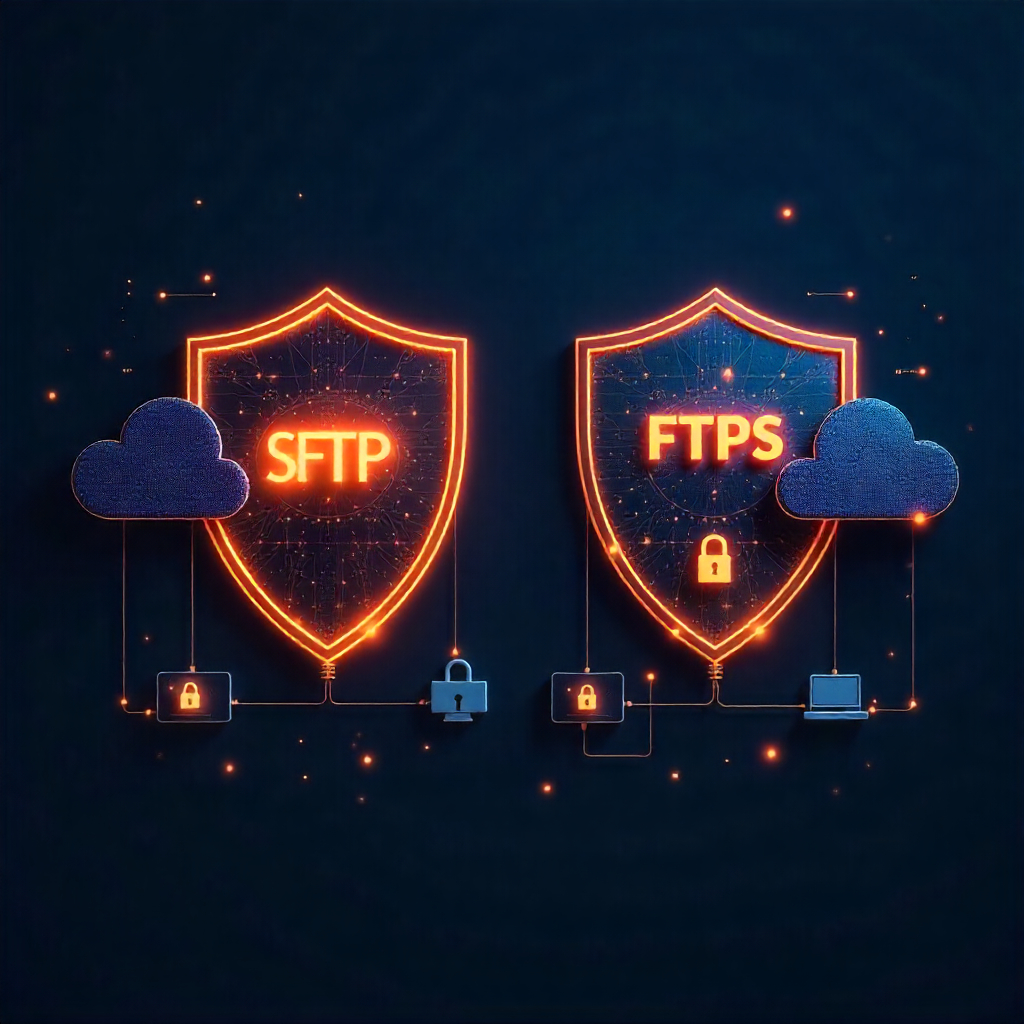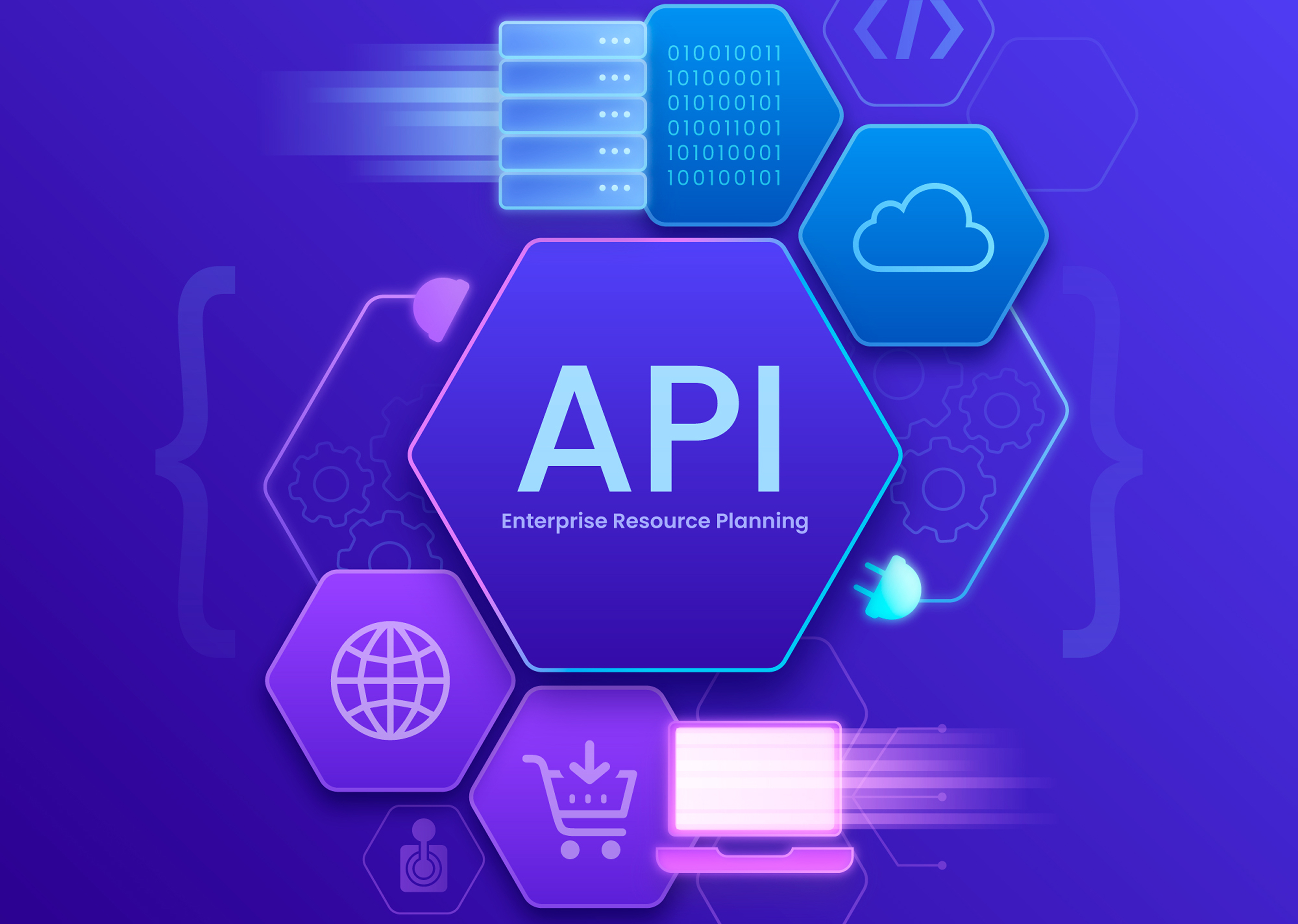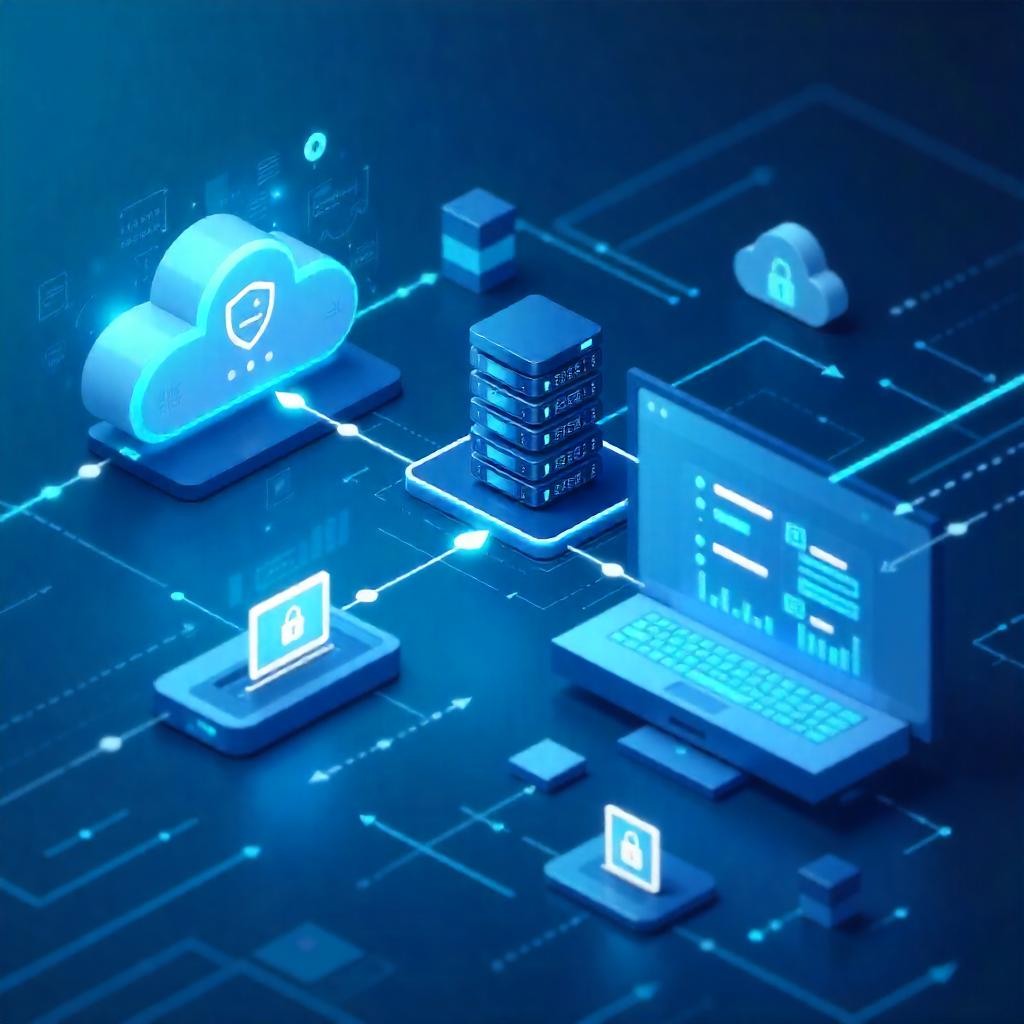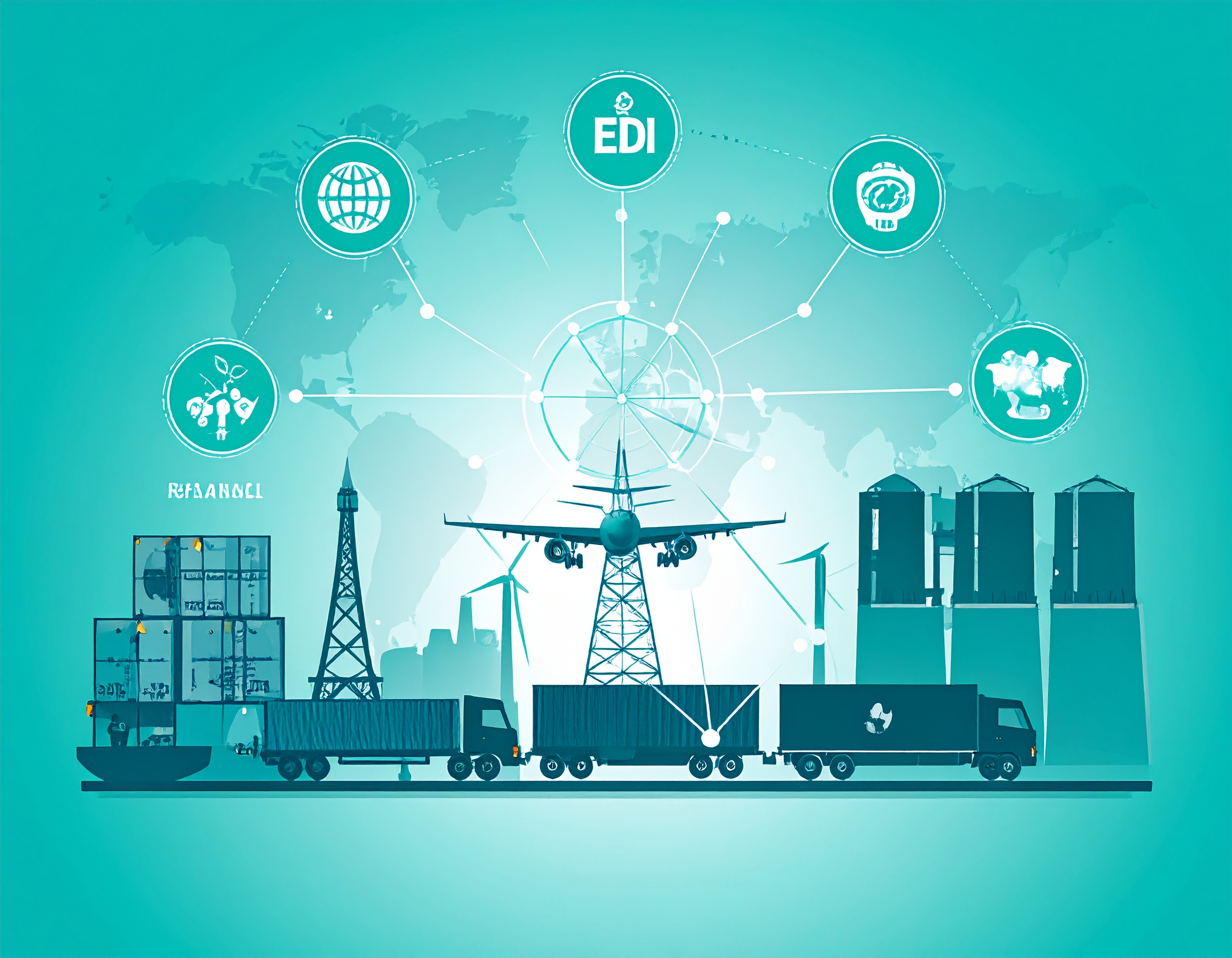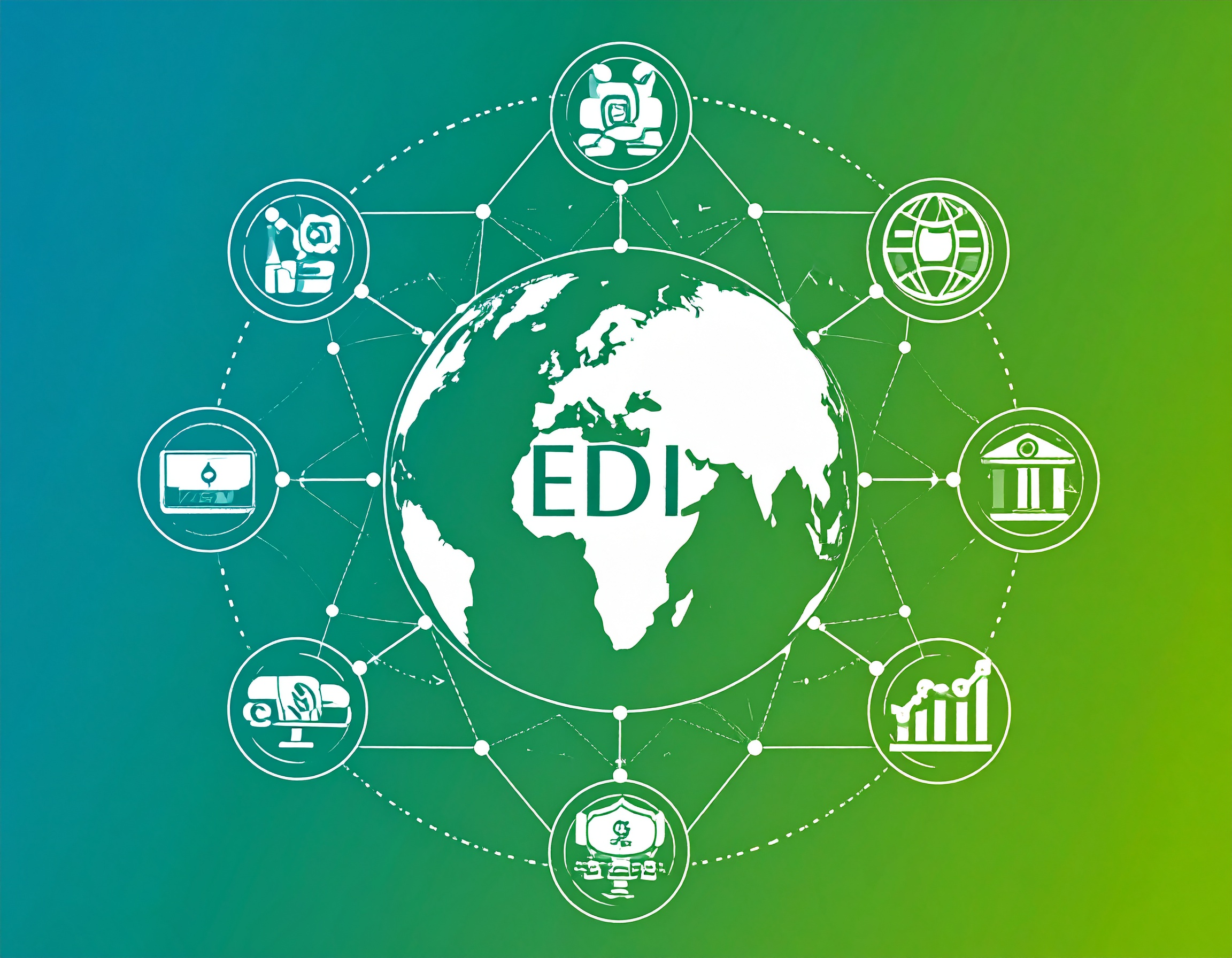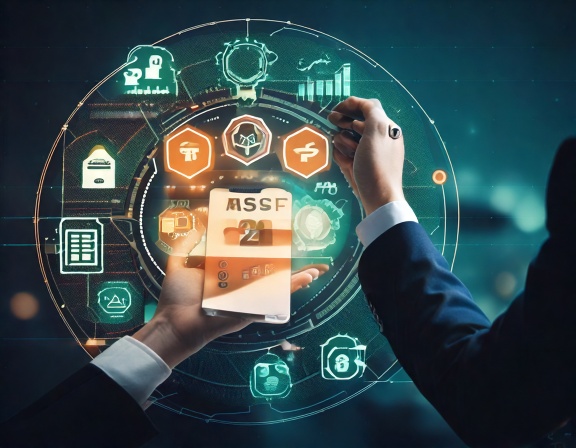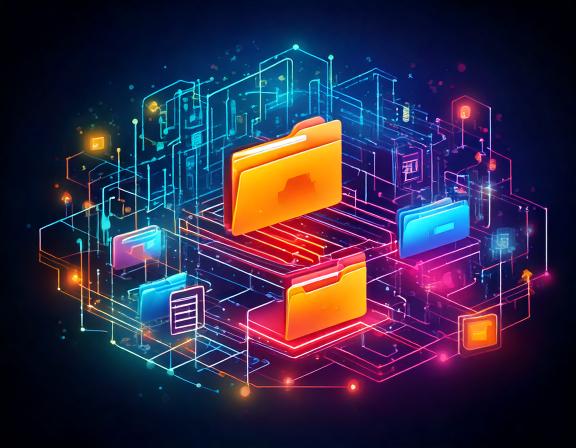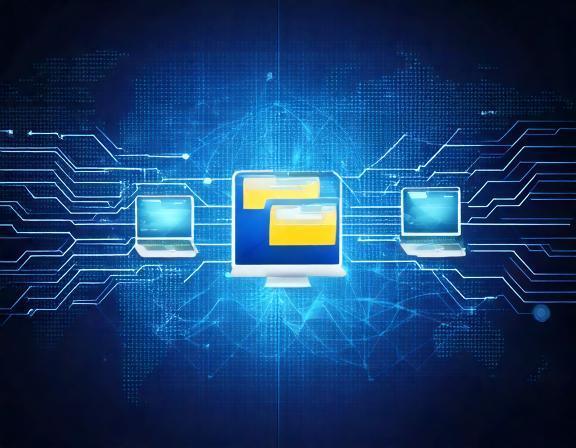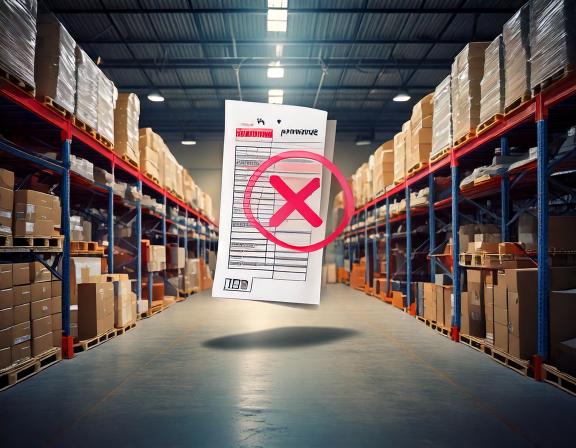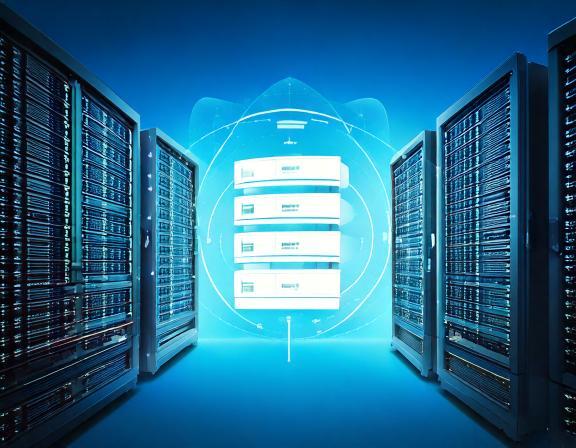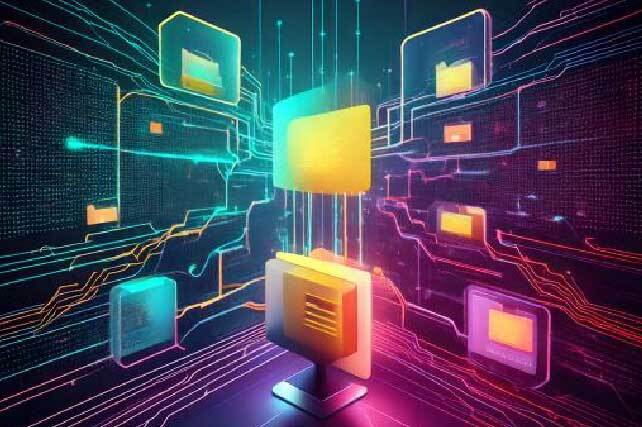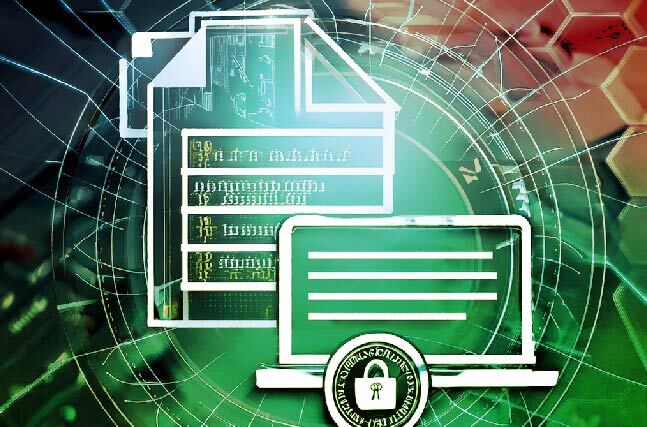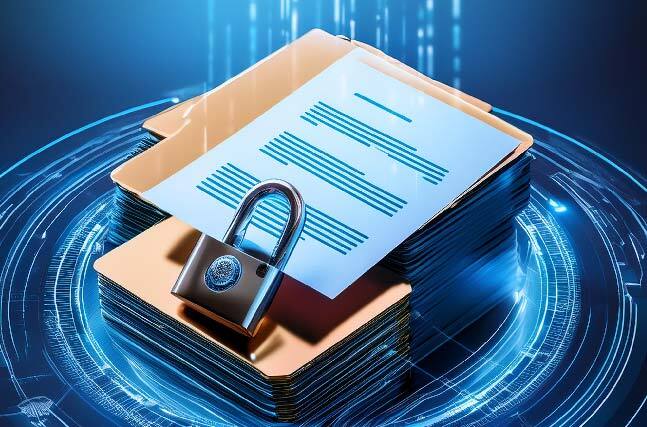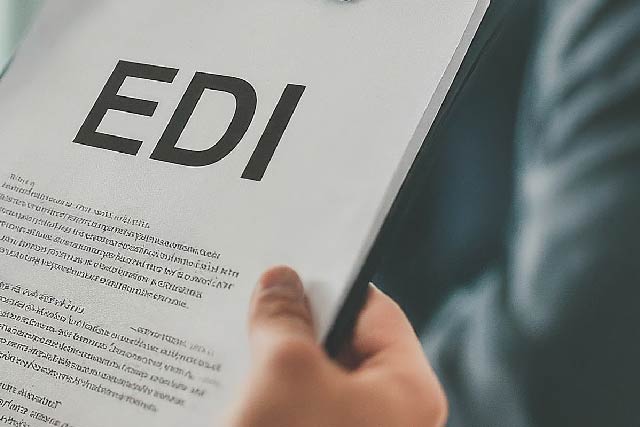MFT Gateway is a hosted Software as a Service (SaaS) solution that enables file exchange over the AS2 or SFTP protocol, without the need to install or maintain.
- Blog
- What is EDI; A Guide to Electronic Data Interchange
EDI
What is EDI; A Guide to Electronic Data Interchange
EDI or Electronic Data Interchange is a communication technology of exchanging business documents like invoices, purchase orders in a standard electronic format, as an alternative for traditional paper-based communication.

Kumudika Rupasinghe
Published: 16 May 2021

EDI or Electronic Data Interchange is a communication technology of exchanging business documents like invoices, purchase orders, sales orders and advanced shipping notices, in a standard electronic format, as an alternative for traditional paper-based communication. This is a computer-to-computer communication mechanism where you don’t need to rely on people as in regular Fax, Postal services or Email services. Electronic Data Interchange proves its worth by increasing efficiency, improving accuracy and lowering costs in the business world.
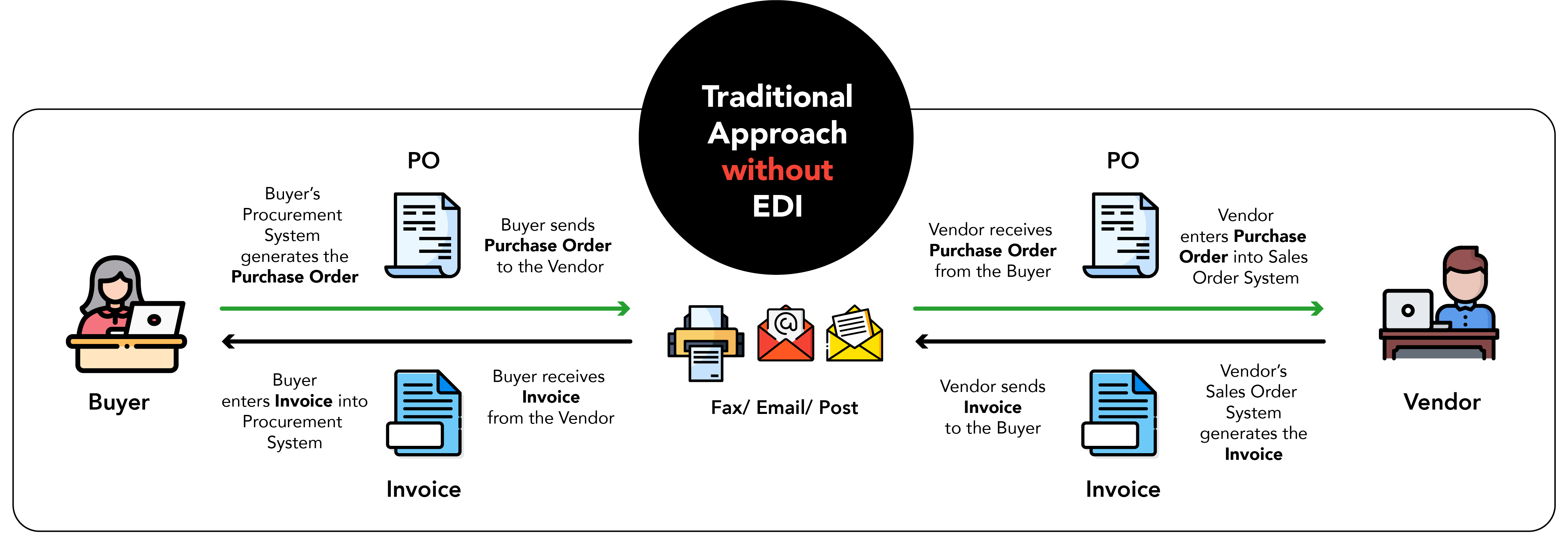
Which Industries suit EDI
- Retail
- Manufacturing
- Pharmaceutical
- Healthcare
- Automotive
- Energy
- Financial Services
- Logistics etc.
EDI Standards
Since EDI file exchange is computer-to-computer, those documents should be written in a machine-readable format. So EDI documents should be generated according to a standard format agreed by each party involved in communication. EDIFACT, ANSI ASC X12, TRADACOMS, HL7, GS1 EDI and ebXML are some of the popular standards in use.
So before starting the transactions, all the business units in the communication thread should agree upon the same standard and the same version of the standard.
EDI Translators/EDI translation software
The requirement of an EDI translator arises when the organizations need to convert either human-readable enterprise-specific documents into above standard EDI formats or convert EDI documents into enterprise-specific documents. Companies can purchase a translator from a service provider, or – if the inhouse technical team is capable – they can develop their own.
If the EDI translator is integrated with the company’s internal systems, the conversion process will be rather efficient, without manual data feeding. EDI translator will extract the required data and automatically convert EDI documents into a data structure that is compatible with the enterprise, and then route them to company systems without human intervention.
EDI Transmission Methods
There are different EDI transmission methods to develop a communication bridge among business entities. According to the business requirements, technical skills, budget, number of transactions, payload size, etc, there are many EDI transmission methods available for B2B trading. Direct EDI, Indirect EDI/Value-Added Network (VAN)/Network Services Providers, Hybrid EDI (Direct EDI + Indirect EDI), EDI via AS2, and Web EDI are some of the popular EDI transmission methods used among business partners across the globe.
EDI Transmission Protocol
There are many standard protocols to transmit EDI documents and some of them are:
- HTTP/HTTPS
- AS1
- AS2
- AS3
- AS4
- FTP, SFTP and FTPS
- SCP
- OFTP
When companies are going for an EDI solution, both trading parties (sender and receiver) must agree upon the same protocol and use a compatible transmission software for communication.
EDI Transmission Software
An EDI transmission software facilitates the communication bridge between trading partners. Once the partners agree with a particular EDI standard format and a transmission protocol, they have to find software which provides communication using that protocol. Then companies will add each other as their trading partners in each of their transmission software and do the necessary configurations. There is open-source software like Mendelson and OpenAS2, as well as commercial software like AS2 Gateway, JSCAPE and Axway, in the market. Some of these may support more than one protocol for transmission. There is also some software which provides both translation and transmission together, where users can directly integrate their document exchange interface with their internal systems.
EDI process flow
Let’s say an Automotive Manufacturing company needs to buy some vehicle spare parts from a vendor. To do that, the manufacturing company procurement system generates a Purchase Order (PO) as a CSV file. The EDI translator software will extract the order details like the item, quantities, and agreed prices, and convert that retrieved data into an EDI document, and send it to the vendor via an EDI transmission software.
When the document reaches the vendor’s EDI transmission software, it will transfer the EDI document to the translator. The translator will retrieve order details and convert the document to a format which the vendor’s sales order system can read. Then the retrieved data will be fed to the vendor’s sales order system without any manual data entry. Sales order system will generate an invoice and transfer the document to the buyer following the same procedure.
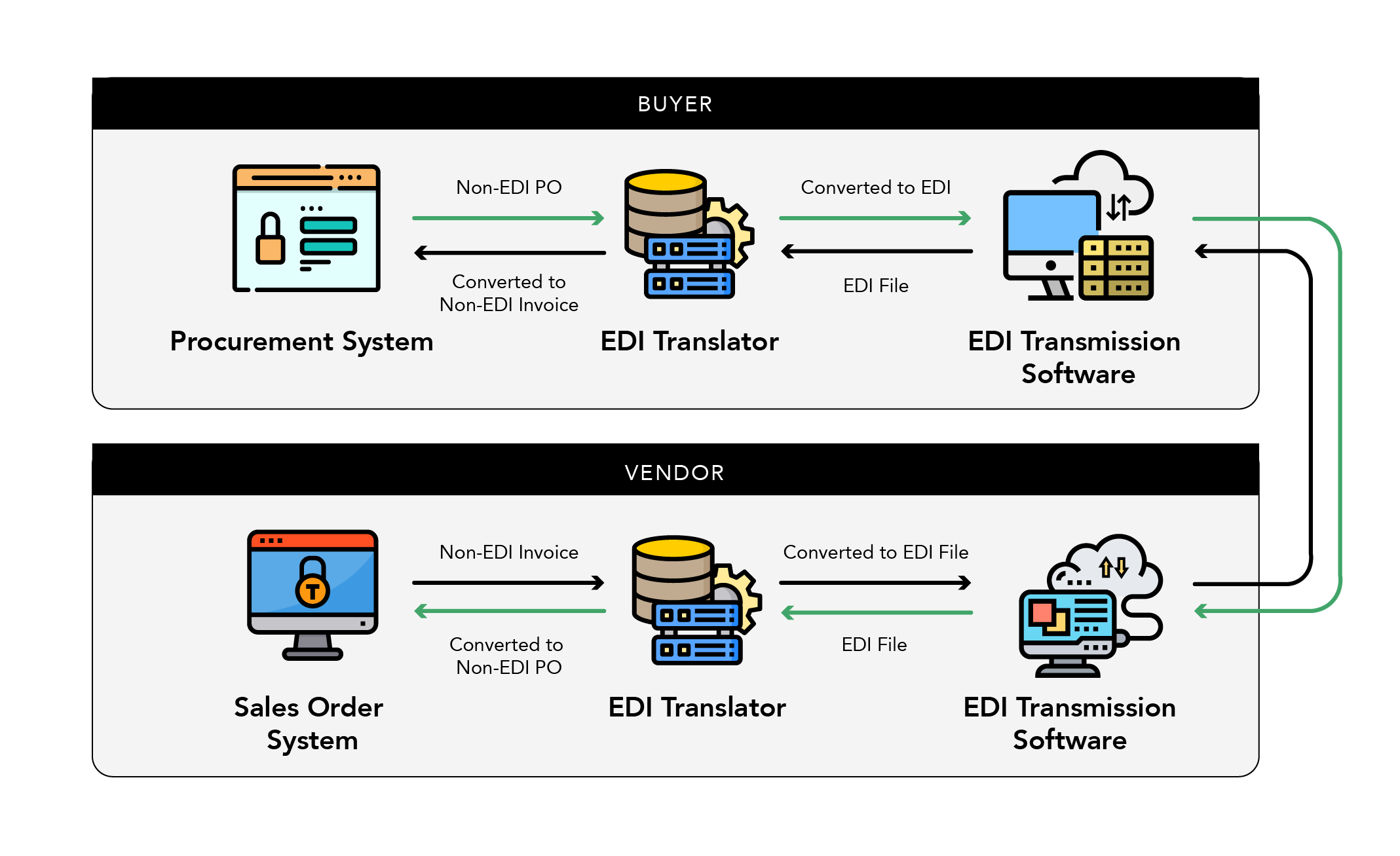

Talk to an EDI Expert
Join hundreds of organizations already taking full control of their B2B AS2 communications with our trusted solutions. Contact us today to tailor a solution that fits your specific AS2 EDI needs.
Related Articles
View All BlogsExplore our product stack
Try before you buy with a 30-day Free Trial
No commitment, all value. Try the AS2 Solution Risk-Free and discover how our solutions can transform your business workflows. No credit card required.
Explore Your Possibilities
Elevate AS2 Communications with our EDI and AS2 Solutions
See how our AS2 and EDI solutions can simplify your integrations, boost efficiency, and keep you compliant—request a personalized demo today.

